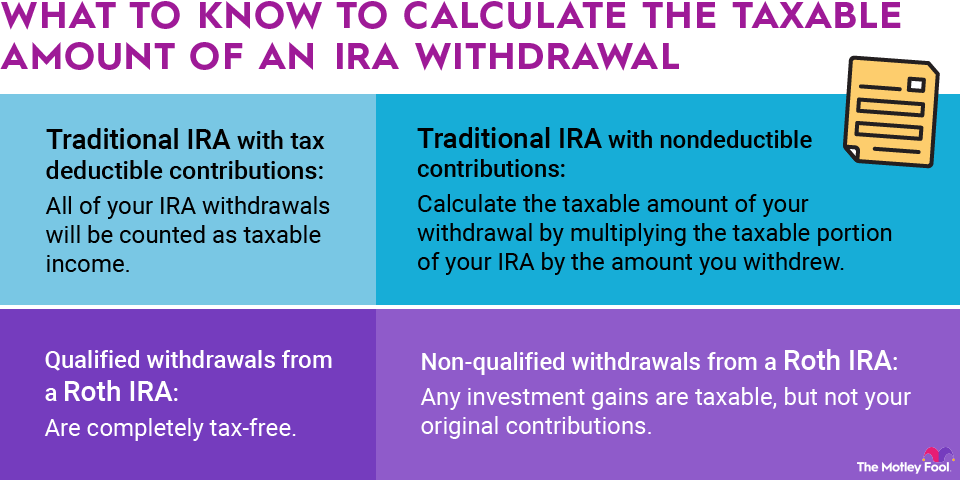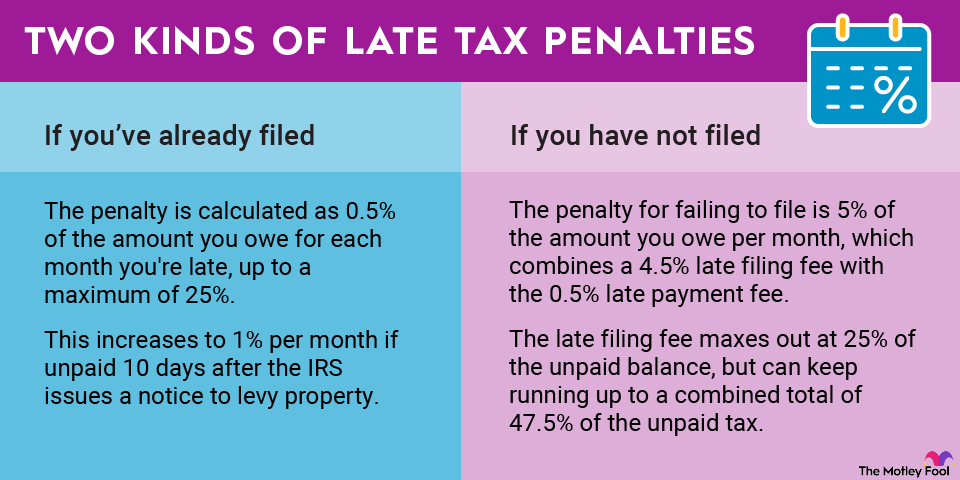Liquidity, or the amount of cash or cash-like assets on the balance sheet, is critical for any bank. Banks must meet funding needs for their operations, be able to repay their debts, have enough cash on hand to meet withdrawal requests, and fund new loans for customers.
A lack of liquidity is the fastest path to failure for a bank, so investors should always pay very close attention to bank liquidity positions. Here's your guide to doing exactly that.

Why bank liquidity matters
In the classic Christmas movie, It's a Wonderful Life, the story unfolds with a run on Jimmy Stewart's character's Bedford Falls Building and Loan. Customers stormed the branch, demanding the bank give them back all the cash in their checking, savings, and other accounts. The day ends with the bank holding a single dollar in their cash register, narrowly escaping failure that day.
This is a fantastic example of how important liquidity is for a bank. The Building and Loan probably had millions of dollars of assets -- cash, loans, securities, and more -- but all of those assets wouldn't have mattered if it ran out of cash. Without enough cash, banks fail. It's just that simple.
Likewise, the financial crisis started as a liquidity crisis for banks. As the housing and mortgage market collapsed, banks stopped giving each other the short-term loans -- that is, cash -- they relied on to operate. Without the cash from those loans, the banks quickly ran out of liquidity, ultimately requiring the government to step in with special, new loan programs to inject the needed cash and save the financial system.
To prevent a liquidity crisis like the financial crisis from happening again, regulations now require banks to meet certain stringent liquidity requirements. This is an important protection for the financial system, and it also makes calculating a bank's liquidity position much easier for investors.
The core of this new requirement is the liquidity coverage ratio, or LCR. This ratio is calculated by dividing a bank's high-quality liquid assets, or HQLA, into its total net cash over a 30-day period. This ratio must be 100% or higher for banks to be compliant with the regulation.
Diving into the details of the LCR, HQLA, and a bank's net cash
A cornerstone of the liquidity coverage ratio is the concept of high-quality liquid assets. In the past, banks were allowed to count a myriad of different investment securities as liquid assets. In normal times, these assets, like mortgage-backed securities, are, in fact, liquid. However, in a crisis, the market for these assets can dry up, rendering them illiquid and useless in meeting short-term cash needs.
The new regulations work around this problem by defining exactly what assets can be considered "high quality," ensuring that only assets with near-certain safety in normal times and in a crisis can be considered. For general purposes, banks' high-quality liquid assets consist of U.S. Treasury securities and actual cash.
The denominator of the ratio is a bank's "total net cash outflow." This number is determined from a complicated accounting calculation.
At a high level, it's the 30-day total of all withdrawals from deposit accounts, cash outflows to fund loans, cash expenses from the bank's operations, and the cash outflows it needs to comply with derivative, investment, debt, and other contractual obligations not included elsewhere. That outflow is then netted by all the various sources of cash that come into the bank over a 30-day period. To be clear, it's a very complex accounting process.
Once all that work is complete, the two numbers are divided, and we have the LCR, which is the best way to assess a bank's liquidity position.
As an investor, your job is much simpler than the bank's. Investors just need to open up the bank's quarterly financial report and scroll down until you see the reported liquidity coverage ratio. The higher the ratio is above 100%, the stronger the bank's liquidity position.
Related investing topics
For bank management, the process is much more complex. Thankfully, it's easy for investors.
The process for managing liquidity internally at the bank is far more complex than is appropriate for this article or for the typical investor. Banks must manage asset maturities, the liquidity of their various investments, the maturities of their short-term liabilities, their equity strategy, their contingent liabilities, and how they hedge against changing market conditions. It's simply too complex and ultimately not worthwhile for the typical investor to wade into these waters.
Instead, keep it simple. Now that you understand what the liquidity coverage ratio means and why it's important, just look up that ratio in the bank's financials, compare it to the ratios from competitors, and make sure you're comfortable that the ratio is in line with, or better than, the industry convention. That's the fastest and easiest way to calculate a bank's liquidity position.


















